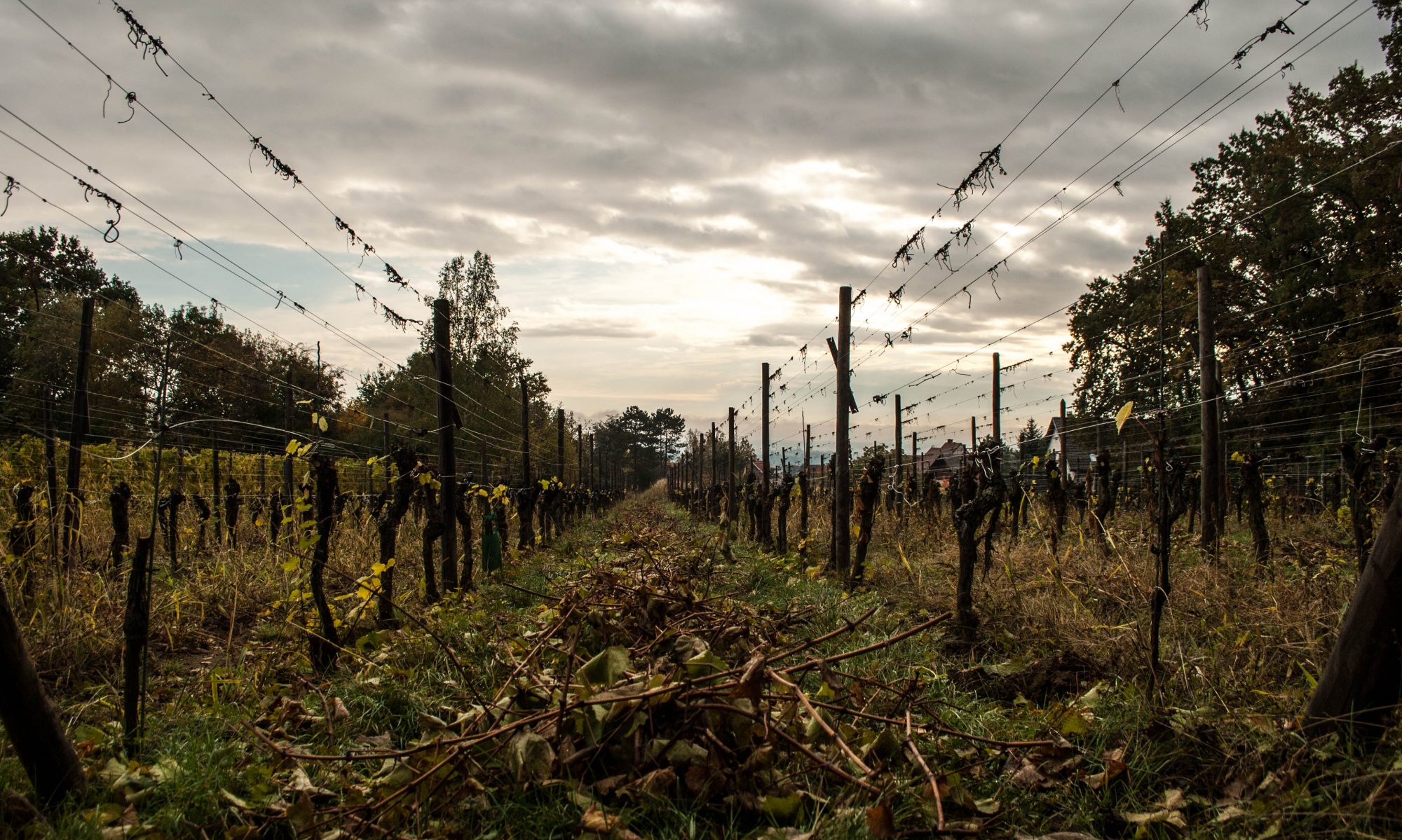Poore, J. and Nemecek, T., 2018. Reducing food’s environmental impacts through producers and consumers. Science, 360(6392), pp.987-992.
Bues, A., Preißel, S., Reckling, M., Zander, P., Kuhlman, T., Topp, K., Watson, C., Lindström, K., Stoddard, F.L. and Murphy-Bokern, D., 2013. The environmental role of protein crops in the new common agricultural policy (No. 2012-067). European Parliament.
Chatzifragkou, A., et al. (2016). “Extractability and characteristics of proteins deriving from wheat DDGS.” Food Chemistry 198: 12-19.
Caffrey, K. R. and M. W. Veal (2013). “Conducting an Agricultural Life Cycle Assessment: Challenges and Perspectives.” The Scientific World Journal 2013: 13.
Cookman, D. J. and C. E. Glatz (2009). “Extraction of protein from distiller’s grain.” Bioresource Technology 100(6): 2012-2017.
De Santis, C., Crampton, V.O., Bicskei, B. and Tocher, D.R., 2015. Replacement of dietary soy-with air classified faba bean protein concentrate alters the hepatic transcriptome in Atlantic salmon (Salmo salar) parr. Comparative Biochemistry and Physiology Part D: Genomics and Proteomics, 16, pp.48-58.
Edwards, P., 2015. Aquaculture environment interactions: past, present and likely future trends. Aquaculture, 447, pp.2-14.
Glenk, K., Hall, C., Liebe, U. and Meyerhoff, J., 2012. Preferences of Scotch malt whisky consumers for changes in pesticide use and origin of barley. Food Policy, 37(6), pp.719-731.
Glencross, B. D. (2009). “Exploring the nutritional demand for essential fatty acids by aquaculture species.” Reviews in Aquaculture 1(2): 71-124.
Jensen, E.S., Peoples, M.B., Boddey, R.M., Gresshoff, P.M., Hauggaard-Nielsen, H., Alves, B.J. and Morrison, M.J., 2012. Legumes for mitigation of climate change and the provision of feedstock for biofuels and biorefineries. A review. Agronomy for Sustainable Development, 32(2), pp.329-364.
Köpke, U. and Nemecek, T., 2010. Ecological services of faba bean. Field crops research, 115(3), pp.217-233.
Nemecek, T., von Richthofen, J.S., Dubois, G., Casta, P., Charles, R. and Pahl, H., 2008. Environmental impacts of introducing grain legumes into European crop rotations. European journal of agronomy, 28(3), pp.380-393.
Newton, R.W. and Little, D.C., 2017. Mapping the impacts of farmed Scottish salmon from a life cycle perspective. The International Journal of Life Cycle Assessment, pp.1-12.
Robb, D. H., et al. (2017). “Greenhouse gas emissions from aquaculture: A life cycle assessment of three Asian systems.” FAO Fisheries and aquaculture technical paper(609).
Scalise, A., Tortorella, D., Pristeri, A., Petrovičová, B., Gelsomino, A., Lindström, K. and Monti, M., 2015. Legume–barley intercropping stimulates soil N supply and crop yield in the succeeding durum wheat in a rotation under rainfed conditions. Soil Biology and Biochemistry, 89, pp.150-161.
Vermeulen, S.J., Campbell, B.M. and Ingram, J.S., 2012. Climate change and food systems. Annual Review of Environment and Resources, 37.
Voisin, A.-S., et al. (2014). “Legumes for feed, food, biomaterials and bioenergy in Europe: a review.” Agronomy for Sustainable Development 34(2): 361-380.
Watson, C. A., et al. (2017). Grain Legume Production and Use in European Agricultural Systems. Advances in Agronomy, Elsevier. 144: 235-303.
Westhoek, H., et al. (2011). “The protein puzzle.” The Hague: PBL Netherlands Environmental Assessment Agency(19).
Westhoek, H., et al. (2015). Nitrogen on the table: the influence of food choices on nitrogen emissions and the European environment, NERC/Centre for Ecology & Hydrology.
Zander, P., Amjath-Babu, T.S., Preissel, S., Reckling, M., Bues, A., Schläfke, N., Kuhlman, T., Bachinger, J., Uthes, S., Stoddard, F. and Murphy-Bokern, D., 2016. Grain legume decline and potential recovery in European agriculture: a review. Agronomy for sustainable development, 36(2), p.26.
